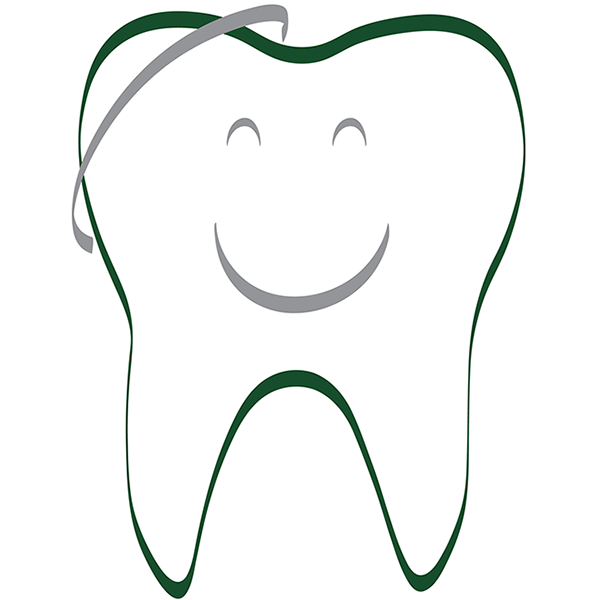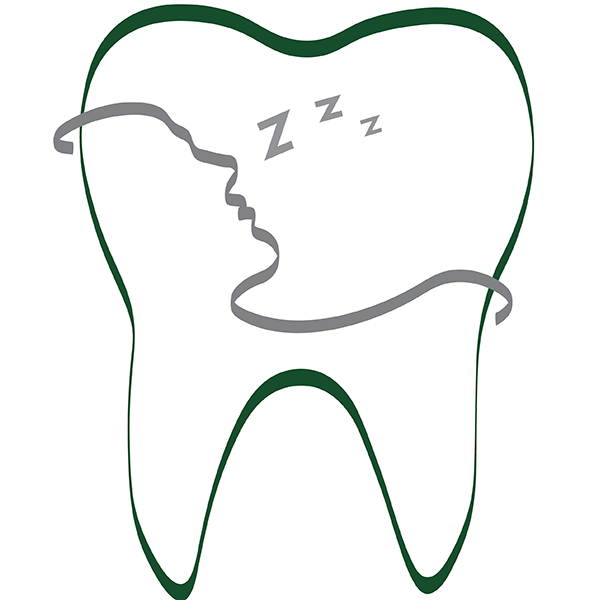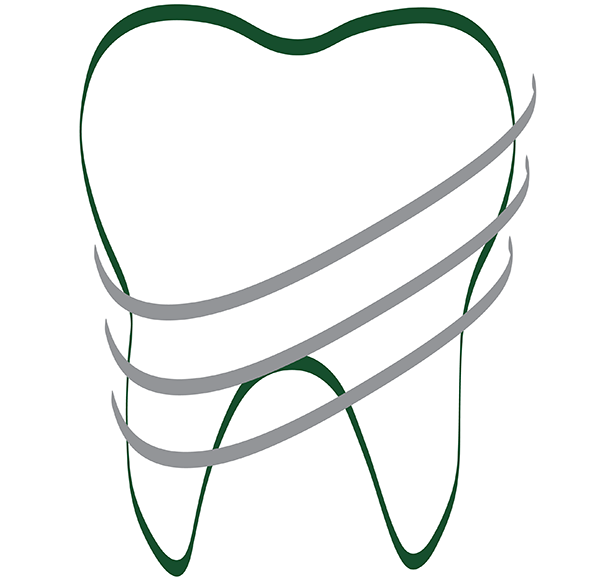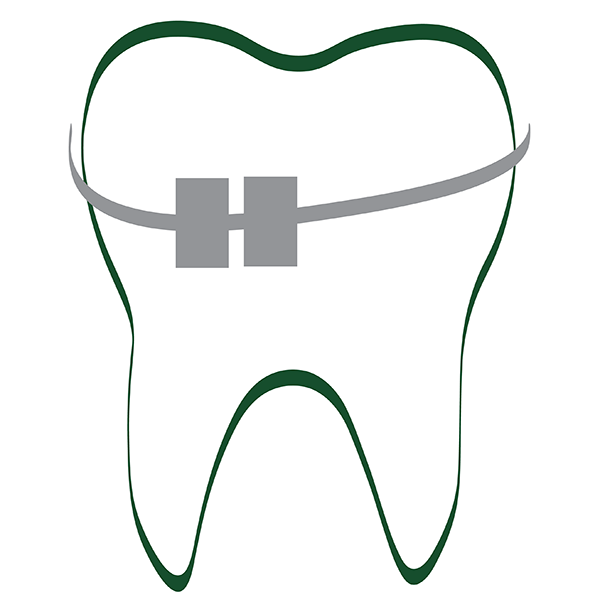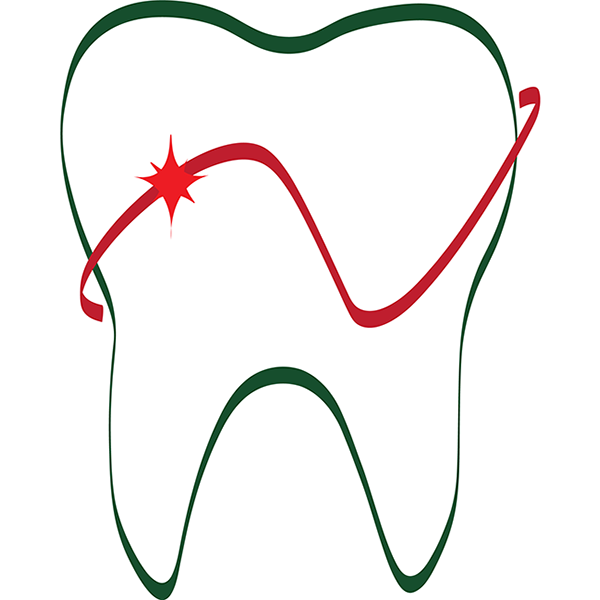
General Dentistry
Dental Check Up

The importance of regular-care
Regular six-month cleanings and oral exams help us catch signs of gum disease, tooth decay and other issues like teeth grinding (bruxism) before they become bigger problems.
Preventive care saves you both time and money by helping you avoid costly or invasive restorative procedures.
Routine dental visits keep your teeth bright and beautiful by removing plaque, tartar and surface stains.
Dental Bondings
Dental bonding is a cosmetic treatment intended to reshape and restore one or more of your teeth. In this treatment, a tooth-colored dental composite material is applied directly to your tooth.
Then, a UV light and special dental tools to reshape, harden, and sculpt the resin to restore your tooth. Depending on your situation, bonding may be used to cover up stained teeth, to reshape misshapen or uneven teeth, to fill up gaps between your teeth, and to repair minor chipping.
One of the biggest benefits of dental bonding is that it’s completely non-invasive, and does not require any removal of your natural enamel. The process is also fast, taking less than 60 minutes per tooth, in most cases. This means you can restore multiple teeth in just one appointment.
Root Canal
The most common sign that you may need a root canal is a painful toothache that persists for more than 1-2 days. This toothache is caused by the infection of the nerve-filled “pulp” that keeps your tooth alive.
You may also notice sensitivity and pain when chewing, or when consuming very hot or cold foods or drinks. The tooth may also become discolored, or you may notice discoloration of the surrounding gum tissue.
If you have a fever or notice major swelling of your face and gums, you definitely have a seriously infected tooth, and need to get help right away. This is because, in some cases, the infection could spread throughout your face and neck, which can be life-threatening.
Crown/Bridge
Dental crowns are used to repair damaged teeth. Most commonly, they are made out of porcelain. A crown is built to look and feel just like your tooth, and is bonded in place after your natural tooth has been trimmed, covering it up all the way down to the gumline. This restores your smile, and prevents further damage to your tooth.
Bridges use two dental crowns that attach to two healthy “abutment” teeth next to one or more missing teeth. Between these crowns, one or more false teeth can be suspended to fill up the gaps where your missing teeth used to be. This restores your smile, and prevents common complications related to tooth loss, such as teeth shifting toward empty sockets.
Dentures/Partial Dentures
Dentures are dental restorations composed of fake teeth set into an acrylic or resin base that resembles gum tissue. They sit on top of the gums and are used to replace multiple missing teeth. There are two different types of dentures that can be used, depending on the number of missing teeth. Full dentures are used in cases where an entire arch of teeth is missing, while partial dentures are used in cases where one or more teeth are missing on the same arch. Full dentures cover an entire arch of teeth and use suction to remain in place. Partial dentures, on the other hand, only cover part of the arch. Because of this, partial dentures may be held in place by hooks made from plastic, resin, or metal that wrap around the surrounding teeth. Should you wish to know more about denture treatment please kindly call us and schedule an appointment with Dr. Midori who is our denture/partial denture specialist.
Periodontal Treatment
Periodontal (gum) disease is one of the most common dental issues in America. It has been estimated that nearly half of all American adults have gum disease, and many people are not even aware of their condition. If you suspect that you may have gum disease, it’s important to get help to prevent further progression of the disease which may lead to tooth loss.
Gum disease is an oral health condition caused by improper oral hygiene. If you do not brush and floss regularly, bacteria-filled plaque in your mouth will build up between your gums and teeth. Over time, this hardens into tartar (calculus).
If it gets to this point, the bacteria in the plaque and tartar will begin to infect your gums, causing them to become infected and inflamed. If your condition is not treated, the infection will continue to progress, eventually causing permanent damage to your gums and the supporting structures of your teeth.
The good thing about gum disease is that it is completely preventable. As long as you brush 2-3 times per day, floss once per day, and see us for preventive care like an oral exam and teeth cleaning every six months, you can significantly reduce your risk of developing gum disease.
Additional steps you can take to help prevent gum disease include a lower-sugar diet, managing diabetes properly, and quitting smoking/tobacco use.

